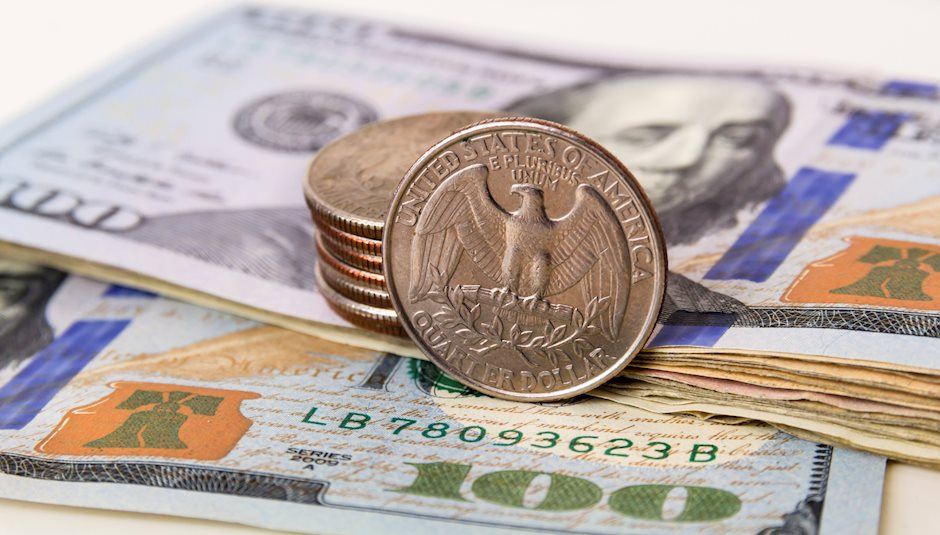Is this the end of US Dollar dominance?

The US dollar's position as the primary global reserve currency is being challenged as countries become eager to insulate themselves from Washington’s influence.
For decades, the dollar has dominated the global monetary system. Currently, about 60 percent of foreign exchange reserves held by central banks are in US dollars, and nearly 90 percent of all currency transactions involve the use of the dollar.
However, the dollar's reserve status began to decline in 2014 when some major global powers began to de-dollarize their business dealings. The War in Ukraine, and the subsequent sanctions that it inspired have accelerated the de-dollarization process. For one, Chinese authorities were surprised by the seizure of the Russian central bank's foreign exchange reserves following the Ukraine invasion. In the event of a conflict between the US and China, Chinese assets could also be at risk.
Recent de-dollarization events include:
- During a press briefing at the Davos forum in January, Saudi Arabia's Finance Minister Mohammed Al-Jadaan surprised journalists by stating that the oil-rich nation was willing to consider trading in currencies other than the US dollar for the first time in 48 years.
- Last week, Chinese and French energy companies completed the first-ever deal on liquefied natural gas (LNG) in China using the renminbi yuan currency. The trade involved the import of 65,000 tons of LNG from the United Arab Emirates and represents a significant milestone in Beijing's efforts to challenge the US dollar's position as the universal "petrodollar" for gas and oil trade.
- Brazil has also recently announced an agreement with China to trade directly in their own currencies, bypassing the US dollar as an intermediary.
- India is also making efforts to reduce the US dollar's dominance in international trade by launching separate programs to settle transactions in their own currencies. The Reserve Bank of India recently allowed central banks from 18 countries to open special Vostro Rupee Accounts (SVRAs) to settle payments in Indian rupees.
Overall, the US dollar's share of the global market has decreased from 71 percent to 59 percent over the last two decades and could shrink even further in the future. The primary victim in this scenario is the United States, as currency usage in global trade is a zero-sum game. Each time a yuan, real, or rupee is exchanged on the global market, a dollar is not. If credible alternatives gain steam, the dominance of America in the global market will be compromised.
Author

Mark O’Donnell
Blackbull Markets Limited
Mark O’Donnell is a Research Analyst with BlackBull Markets in Auckland, New Zealand.

















